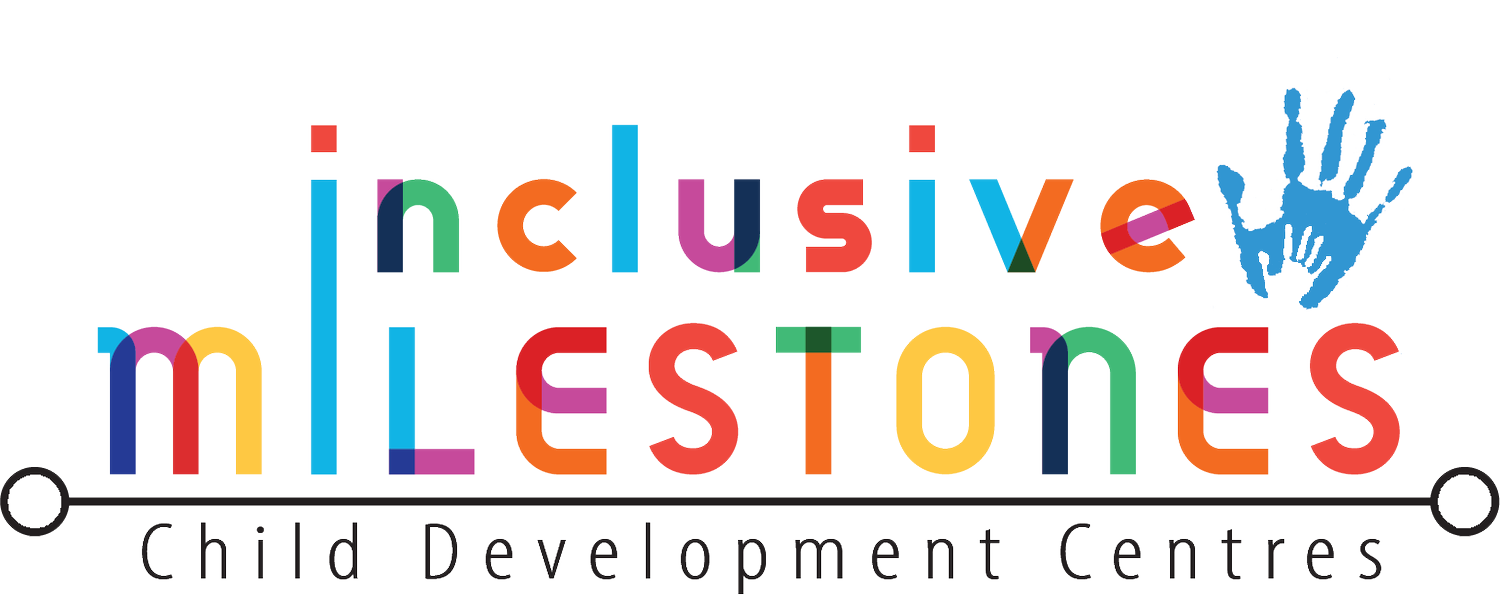AAC True or False..
AAC Myths Debunked
Let’s start by imagining… You are out with your friends or family after a long, hard day and didn’t sleep the night before. They can see on your face something is wrong, so they start asking you how your day was, what happened, did someone say something? Did someone do something? Are you sick? Are you hurt? You go to answer them… but you can’t. You so badly want to communicate with them but you just can’t. Imagine how frustrating that must be?
Well… AAC to the rescue!!!
Augmentative and Alternative Communication (AAC) – what a mouth full! So, what exactly is this?
AAC is the use of an alternative communication method such as Technology (iPads), core boards, flip n’ talks, keyboards, eye gaze and MANY more!! These tools and strategies help to improve the daily living of individuals who may use or need them.
With everything in life, we all approach new scenarios with assumptions. And AAC typically comes with a laundry list of different assumptions that are MYTHS.
So let’s get to debunking these and bring you the FACTS!
MYTH #1: AAC will delay or stop speech production
- FACT: Research actually shows us that the use of AAC improves any speech development when possible. Millar, Light & Schlosser (2006) discovered the following:
89% of people reported an increase in speech production
11% of people reported no change in speech production
0% of people reported a decline in speech production
MYTH #2: AAC is only for those who cannot communicate verbally
- FACT: AAC can be used for a wide variety of reasons and not just in cases of individuals who are non-speaking. We all use AAC in our daily lives (texts, gestures, emails, body language etc). AAC is useful for a child (or adult!) who may have delayed speech and language development, or as a clarification tool for those who are difficult to understand.
MYTH #3: We should use minimal symbols to not overwhelm them
- FACT: We want to introduce as much language as possible to give them a robust communication system! If we limit their access to language, we are essentially putting duct tape over their mouths and dictating what we want them to communicate about. If we compare this to a child with typical developing language skills, they have access to all language and sounds and not just a select few. If we don’t give them access to a large variety of symbols/words they will never have the opportunity to practise and use them.
MYTH #4: Someone needs to have pre-requisite skills to use AAC
- FACT: Anybody can use AAC regardless of skills. End of story! AAC actually has been shown to help gain new skills. Imagine if we had waited… yikes. Remember communication is a human right.
MYTH #5: The goal for AAC is to request
- FACT: There is so much more to communication than just requesting. Such as, answering and asking questions, telling a joke, protest/reject, comment, label, share information, gain someone’s attention, share emotions, share personal story/experience, greeting and so much more. None of that is requesting. Imagine all you could do all day was request… it is SO limiting. Our goal is to give someone the power to say what they want, when they want to say it and how they want to say it.
MYTH #6: AAC is only used as a last resort
- FACT: AAC has many benefits, and as stated above, one of which is increasing and aiding in communication development. So why wait to introduce it if it can help make strides more quickly? Consider introducing AAC today to help meets your child’s needs as to where they are TODAY.
So… THE TRUTHS
1. AAC will NOT stop someone from developing or using verbal speech.
2. AAC has a positive effect on speech production and other communication skills
3. Gains are seen overall following the introduction of an AAC tool.
4. AAC enhances an individuals quality of life by giving them a means to effectively communicate.
Morals of the story? If you or your child cannot effectively communicate their daily wants and needs, AAC could be the right tool for you or your loved one!
Trust in your therapist that they have your child’s best interest at heart (we do here at Inclusive Milestones!) and give AAC a chance. It may just change yours, and your child’s life for the better!
“We all deserve a voice”

